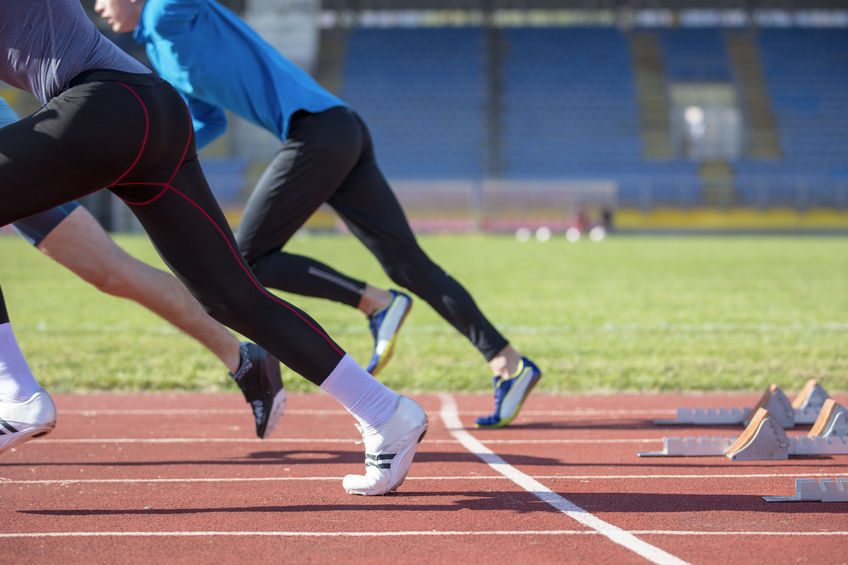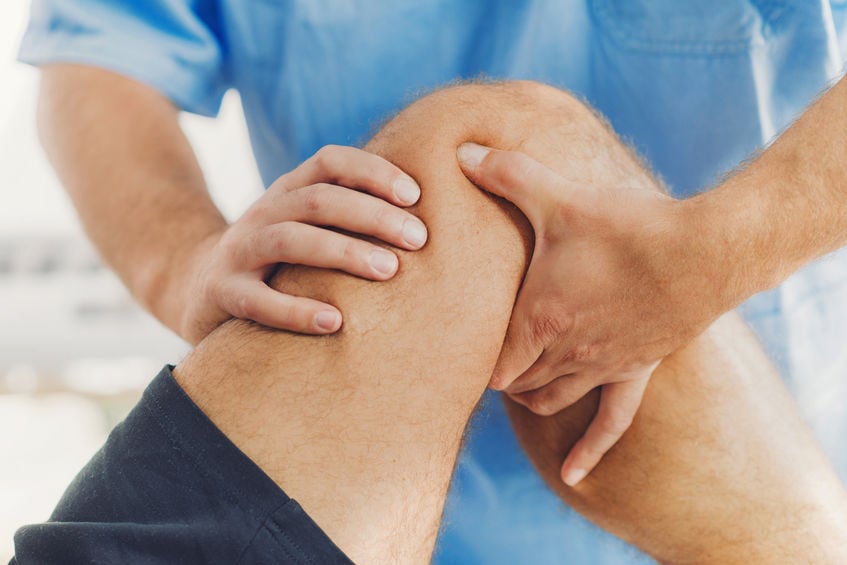The Downside Of Sports
Whether recreational or professional, sports are an important part of American culture. Sports connect people and push players to the limit mentally and physically. Unfortunately, injuries happen to millions of athletes at all levels every year. With some sports, like football, for instance, injuries are almost inevitable. The following 4 sports injuries are the most common and require treatment, which can sometimes include surgery.
1. Tennis elbow, aka epicondylitis
Most sports require repetitive use of the arms, particularly the elbows. That’s why tennis elbow or epicondylitis is one of the more common injuries. The elbow has tendons that stretch over the elbow and outer arm. These ligaments are prone to tears due to overuse. As the name suggests, tennis elbow happens with tennis players, but golfers, baseball players, and basketballers are also at risk. The condition causes pain and inflammation on the outer arm, reduced range of motion, and muscle weakness.
Treating your tennis elbow
Most cases can benefit from non-surgical options. These include using anti-inflammatory medication, icing, and bracing the elbow. If these fail to bring relief, physical therapy and steroid injections can help with long-term pain. In severe cases, surgery may be necessary. Using minimally invasive surgery, an orthopedic surgeon removes damaged tissue.
2. The dreaded ACL tear
ACL tears are one of the most common and most feared lower body sports injuries. The injury is notorious for requiring a long recovery time. The ACL or anterior cruciate ligament is located behind the kneecap. This ligament connects the thigh and shin bones, forming an X with the PCL. The ligament helps with sudden turns of direction, flexibility, and bursts of speed. Torn ACLs are common among football players, soccer players, and basketballers.
Turning to surgery
ACL tears make the knee unstable and painful. To get back to a high-performing level, surgery is the only option. ACL surgery has reached new heights over the years. Now, minimally invasive techniques can remove and replace the damaged ligament with a donor ligament or graft. ACL recovery times can take between 9-12 months or more, depending on physical therapy progress.
3. Rotator cuff tears
Shoulders play just as vital a role in sports as arms and legs. Shoulders help the arms move, rotate, and even propel the body for added speed. The shoulder is a joint formed with the humerus and scapula. Several tendons and ligaments wrap around the joint called the rotator cuff. Should these tissues tear, the shoulder becomes painful, and there is a reduced range of motion. Rotator cuff tears can happen at any age and sporting level and should be addressed immediately.
Your tear needs some TLC
Leaving a tear unmanaged can cause further weakness and loss of motion. Luckily, the treatment is simple, depending on the degree of the injury. Partial tears can benefit from conservative treatment like non-steroidal anti-inflammatory drugs (NSAIDs), ice, rest, and physical therapy. Complete tears are more severe and require surgery. Rotator cuff surgery requires the surgeon to reattach the tendon to the upper arm bone. In some cases, the surgeon may perform a debridement which is smoothing out the damaged tear. Full recovery can take between 4-6 months with pain management and physical therapy.
4. Sciatica has some nerve
Surprisingly, sciatica affects hundreds of thousands of athletes every year. Sciatica originates from lower back pain due to a herniated disc or conditions like spinal stenosis. In some cases, piriformis syndrome, a strain of the muscle in the buttock, can cause sciatica. Shifts in discs or spinal spaces can press on the sciatic nerve. This nerve runs down each leg and, when impacted, can cause severe nerve pain.
Treating your sciatic pain
Sciatica responds well to non-surgical treatment. Long periods of rest and anti-inflammatory meds can keep the nerve pain at bay. If that fails, a doctor may try steroid injections near the strain or herniated disc. Combined with physical therapy, these non-surgical methods are pretty effective. In severe cases, minimally invasive surgery can help by giving the nerves some breathing room.
Injury is not the end
Unfortunately, injury is a part of sports. Some are minor strains, sprains, and splints. Others are more severe and more common. The smart move is not to ignore the injury. Some, like ACL tears, are hard to ignore. Others can be more subtle, chronic pain. If pain, swelling, and tenderness affect performance, seek treatment from a sports doctor or family medical practitioner today.



